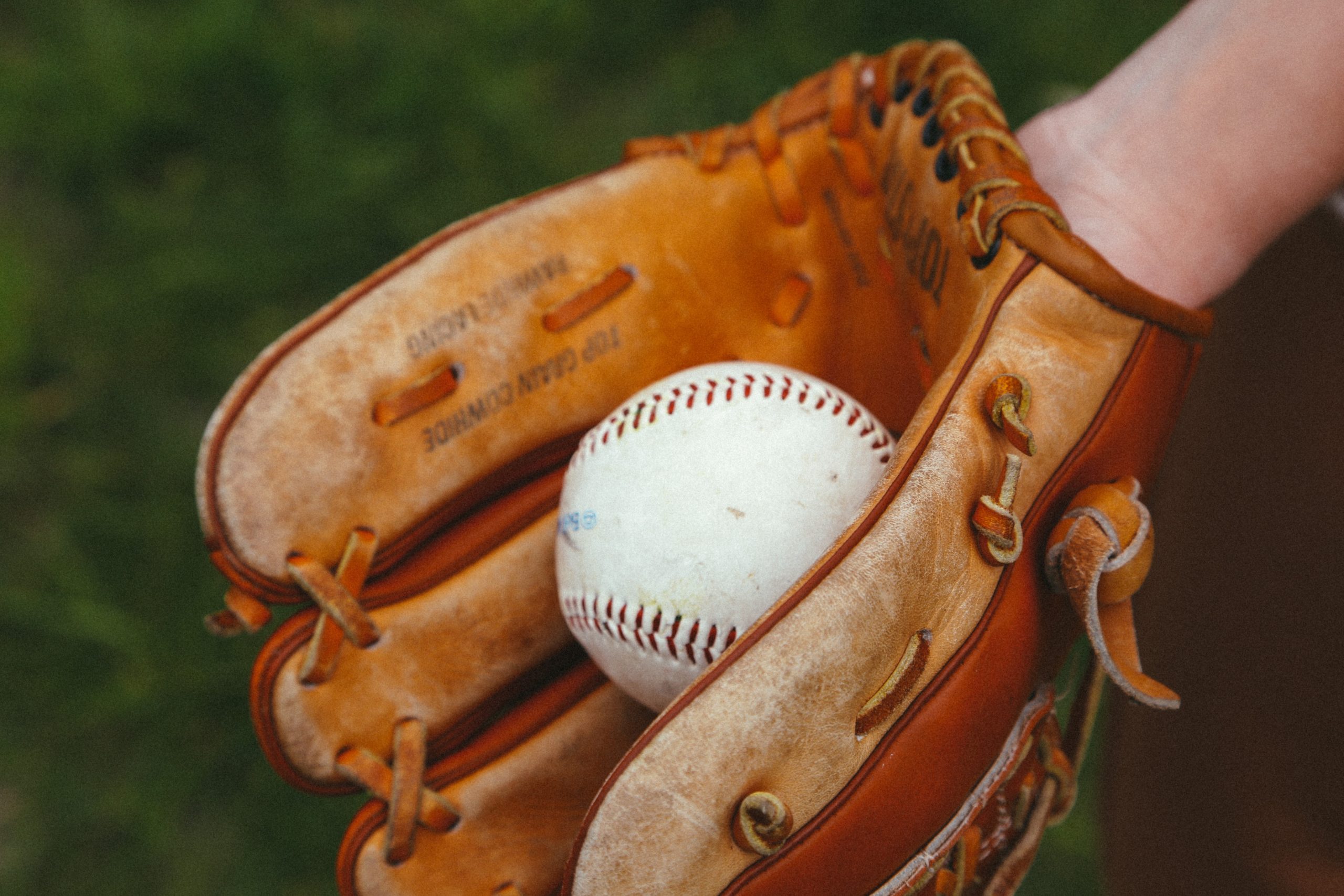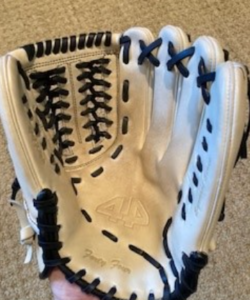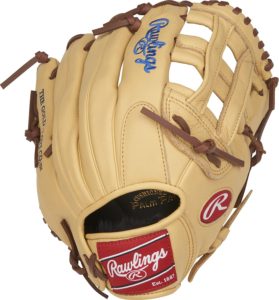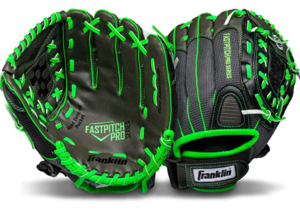Baseball gloves are an essential piece of equipment for players at all levels of the game. The longevity of a baseball glove depends on various factors such as the quality of materials, the maintenance given to the glove, and the frequency of usage. Players and enthusiasts often wonder how long a baseball glove will last and how to prolong its lifespan.
On average, baseball gloves can last anywhere from a few seasons to over a decade, depending on how well they are cared for and the quality of the glove itself. Many players are able to use the same glove throughout their entire high school and even collegiate careers with proper care and maintenance. Higher quality gloves tend to last longer and can be used for multiple seasons, while lower quality gloves may only last for a single season.
Taking care of a baseball glove involves routine maintenance such as oiling the glove, storing it in a cool and dry place, and regular inspections for wear and tear. These actions will help to extend the life of the glove, allowing the player to enjoy its benefits for many seasons to come.
Contents
Factors Affecting Glove Longevity
Material Quality
One key factor in determining the longevity of a baseball glove is the material it’s made from. Gloves made from high-quality leather typically last longer than those made from synthetic materials. For example, leather gloves can last up to 12 months or even 2-4 years, depending on their usage and care, whereas rubber gloves may wear out within a week or two.
Usage Frequency
Another important factor affecting a glove’s lifespan is how often it is used. Gloves used for travel ball and frequent practice sessions undergo significantly more wear and tear than those used for occasional games. For instance, a glove used primarily during one season may last around 2-4 years, while a glove used in multiple seasons and practices might have a shorter lifespan.
Maintenance and Care
Proper maintenance and care play a crucial role in preserving the life of a baseball glove. A well-maintained glove can last for up to 10 years or even throughout a player’s entire high school or college career, while a neglected or over-conditioned glove may not last as long.
Some tips for proper glove maintenance include:
- Regularly conditioning the leather to prevent it from drying out and cracking
- Using a glove wrap to maintain the glove’s shape when it is not in use
- Storing the glove in a cool, dry place to prevent damage from moisture and excessive heat
Types of Baseball Gloves
Leather Gloves
Leather baseball gloves are the classic and most popular type of glove used by players at all levels. They are known for their durability, comfort, and ability to conform to the player’s hand over time. High-quality leather gloves can last for several seasons if properly cared for, allowing players to develop a strong connection with their glove.
There are various grades of leather available for gloves, including full-grain, premium steerhide, and kip leather. Each type has its own unique characteristics and performance properties. Full-grain leather is the most durable option, while kip leather is lighter and more flexible, making it a popular choice for youth players.
Synthetic Gloves
Synthetic baseball gloves are typically made from materials like mesh, microfiber, or synthetic leather. They are a more affordable alternative to traditional leather gloves but may not have the same level of durability or performance. Synthetic gloves are often more lightweight and require less break-in time than leather gloves, making them a suitable option for beginner players or those who play recreationally.
It’s important to consider the trade-offs when choosing between leather and synthetic gloves. While synthetic gloves may be more budget-friendly and easier to break in, they may not last as long or offer the same level of comfort and performance as a high-quality leather glove.
Signs of Wear and Tear
Baseball gloves can provide several years of great performance, but over time, they may start to show signs of wear and tear. In this section, we will explore some of the most common indicators that a glove may need to be replaced or repaired.
Stitching and Lacing
One of the first signs of wear in a baseball glove is the deterioration of the stitching and lacing. This is usually due to frequent use, leading to fraying, loosening, or even breaking of the stitches and laces. If the glove’s structural integrity is compromised, it may not perform as well during gameplay.
In some cases, re-stitching or re-lacing the glove can extend its life, but if the damage is extensive, it may be time to consider a replacement.
Padding and Shaping
Another sign of wear and tear in a baseball glove is the loss of padding and shaping. The glove’s padding provides essential protection for the player’s hand, while the glove’s shape helps with proper catching and ball control. Over time, the padding can become compressed, reducing its ability to absorb impact. Additionally, repeated use and poor storage practices can cause the glove to lose its shape.
It is possible to recondition a glove by adding padding or gently reshaping it, but if the damage is significant, investing in a new glove might be the best option.
Extending the Life of Your Glove
Proper Storage
One of the key factors in extending the life of a baseball glove is proper storage. It is crucial to store your glove in a cool, dry place, away from direct sunlight and excessive moisture. This will prevent the leather from drying out, cracking, or losing its shape. Avoid leaving your glove in your gym or bat bag for prolonged periods. Instead, consider using a glove storage bag or a designated spot in your home.
Routine Cleaning
Regular cleaning is essential for maintaining the glove’s quality and durability. After each use, remove any dirt, sweat, or debris from the glove’s surface. If necessary, use a damp cloth or a mild soap solution to clean the glove thoroughly. However, avoid using harsh chemicals or soaking the glove in water, as this can damage the leather. After cleaning, allow the glove to air dry completely before storing it. This will help prevent the growth of mold and mildew, which can weaken the glove’s structure.
Conditioning
Applying a leather conditioner or oil is an essential step in keeping your glove in optimal condition. It helps to maintain the glove’s flexibility and prevents the leather from becoming brittle. It is recommended to oil your glove once a year. When selecting a conditioner or oil, choose a product specifically designed for baseball gloves, as some oils can cause the leather to deteriorate. Apply the conditioner evenly to the glove, avoiding over-saturation, and allow it to absorb fully before wiping off any excess with a clean cloth.
Repairs
Over time, baseball gloves can experience wear and tear, leading to broken laces or loose stitching. Regularly inspect your glove for signs of damage, and address any issues promptly. If your glove requires repair, it can often be done at home with a baseball glove repair kit. Alternatively, you can have it professionally repaired at a local sporting goods store. Making timely repairs will help extend the life of your glove and ensure optimal performance on the field.
When to Replace a Baseball Glove
A baseball glove can last for an extended period, sometimes even up to 10 years if properly cared for and maintained. However, there are some signs to look for that indicate it’s time to replace your glove.
Firstly, check for significant wear and tear on the leather. This can be in the form of deep scuffs, cracks, or rips that may affect the glove’s performance. If these marks are beyond repair, it’s time to consider a replacement. Prolonged exposure to moisture also weakens the leather and reduces its lifespan. Remember to keep your glove dry and clean to avoid this.
Another factor to consider is the stiffness of the glove. With time and use, the leather becomes less flexible, making it difficult to catch balls effectively. If your glove has become too stiff even after proper conditioning, it may be time for a new one. Additionally, note any structural issues, such as broken or loose lacing, which cannot be fixed easily or without compromising the glove’s integrity.
Lastly, consider your comfort and personal preference. Many players tend to stick with a glove as long as it feels good and performs well, even if it shows signs of minor wear and tear. If your glove is no longer comfortable or doesn’t suit your playing style, then it’s a good indication that you should replace it.
In conclusion, pay close attention to the condition of your glove, and be proactive about performing regular maintenance. However, when signs of wear and tear begin to affect your glove’s performance or comfort, it’s time to find a new one. Keep these tips in mind to ensure you get the most out of your baseball glove and know when it’s time to invest in a new one.




